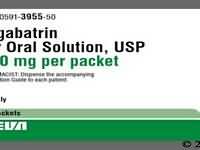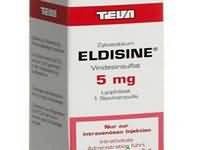Liothyronine

Liothyronine
CLINICAL USE
HypothyroidismDOSE IN NORMAL RENAL FUNCTION
Oral:PHARMACOKINETICS
DOSE IN RENAL IMPAIRMENT
GFR (mL/MIN)
DOSE IN PATIENTS UNDERGOING RENAL REPLACEMENT THERAPIES
IMPORTANT DRUG INTERACTIONS
Potentially hazardous interactions with other drugsADMINISTRATION
Reconstition
Dissolve with 1–2 mL water for injectionRoute
IV, oralRate of Administration
Slow bolusComments
Alkaline solution – may cause irritation if given IMOTHER INFORMATION
20 mcg of liothyronine is equivalent to 100 mcg of levothyroxineProtein-losing states, such as nephrotic syndrome, will result in a decrease in total T3 and T4Thyroxine (T4) is the drug of choice in hypothyroidism, but T3 can be useful due to its rapid onset of actionElderly patients should receive smaller initial doses
See how to identify renal failure stages according to GFR calculation
See how to diagnose irreversible renal disease
Home







